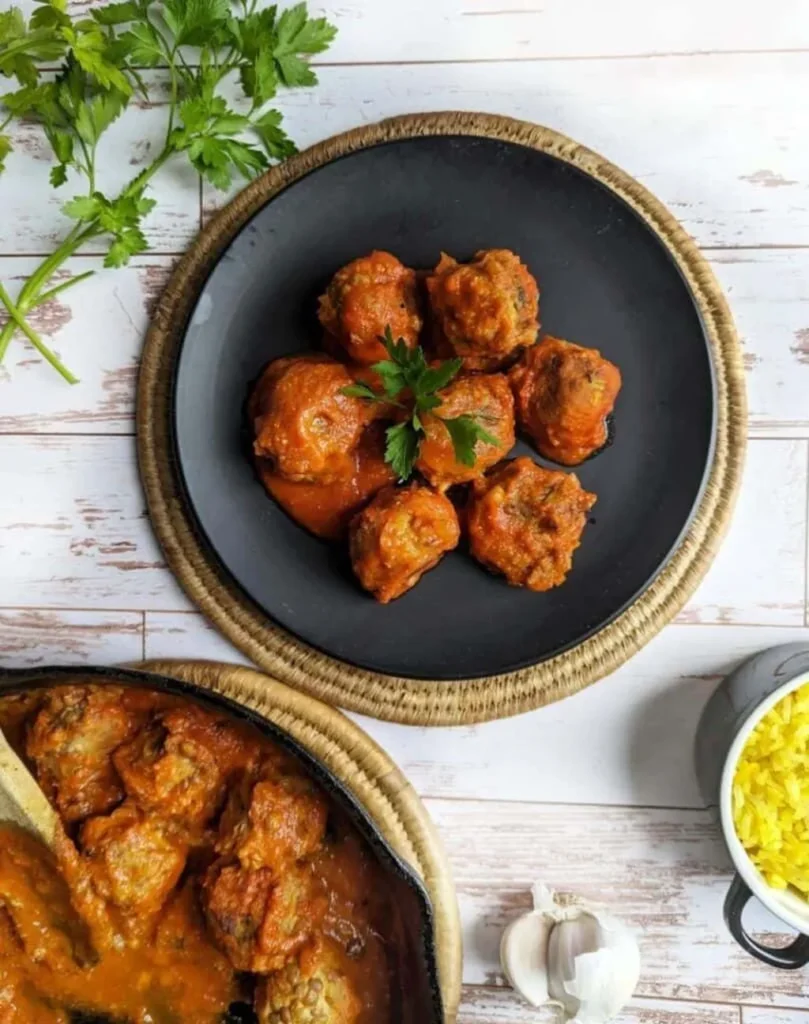In the rapidly evolving world of plant-based foods, researchers are continually seeking innovative ways to enhance the nutritional and functional properties of meat substitutes. A recent study published in *Caraka Tani: Journal of Sustainable Agriculture* has uncovered promising insights into creating more appealing and nutritious plant-based meatballs using a combination of kepok banana flower (KBF), brown lentils, and wheat gluten. The research, led by Lucia Crysanthy Soedirga from the Food Technology Study Program at Universitas Pelita Harapan, offers a roadmap for the agriculture sector to capitalize on these findings and meet the growing demand for sustainable protein sources.
The study addresses a critical challenge in the plant-based meat industry: balancing texture, nutritional value, and consumer acceptability. Kepok banana flower, known for its fibrous structure, can mimic the texture of meat but lacks sufficient protein content. Brown lentils, on the other hand, are rich in protein but may not provide the desired texture on their own. The researchers aimed to find the optimal ratio of minced kepok banana flower (MKBF) to brown lentil paste (BLP) and to evaluate different binder formulations to improve the overall quality of plant-based meatballs.
In the first phase of the study, eight different ratios of MKBF to BLP were tested for protein content, cooking yield, and lightness. The 40:60 ratio emerged as the most effective, yielding a protein content of 10.24%, a cooking yield of 105.68%, and a lightness value of 47.20. “This ratio strikes a balance between the fibrous structure of the banana flower and the protein-rich lentils, creating a product that is both nutritious and visually appealing,” explained Soedirga.
The second phase of the study focused on incorporating the 40:60 blend into five different binder formulations, including isolated soy protein (ISP) and wheat gluten (WG). The formulation with 25% WG and 3% ISP (F4) showed the highest water-holding capacity (52.94%) and total dietary fiber (5.99%), along with favorable texture profile analysis results. Sensory evaluations revealed that F4 was most comparable to the commercial reference (F0), indicating strong potential for consumer acceptance.
The implications of this research for the agriculture sector are significant. As the demand for plant-based proteins continues to rise, farmers and food manufacturers can explore the cultivation and processing of kepok banana flowers and brown lentils as valuable crops. “This study not only highlights the potential of these ingredients but also opens up new avenues for agricultural diversification and value addition,” said Soedirga.
Moreover, the findings suggest that combining plant-based ingredients with high-protein binders can enhance the nutritional profile and texture of meat substitutes, making them more attractive to consumers. This could lead to increased adoption of plant-based diets, benefiting both human health and the environment.
The research published in *Caraka Tani: Journal of Sustainable Agriculture* provides a solid foundation for future developments in the field of plant-based foods. By optimizing the use of kepok banana flower, brown lentils, and wheat gluten, the agriculture sector can contribute to the creation of sustainable, nutritious, and appealing meat substitutes. As the world continues to seek healthier and more environmentally friendly food options, these innovations will play a crucial role in shaping the future of the food industry.

